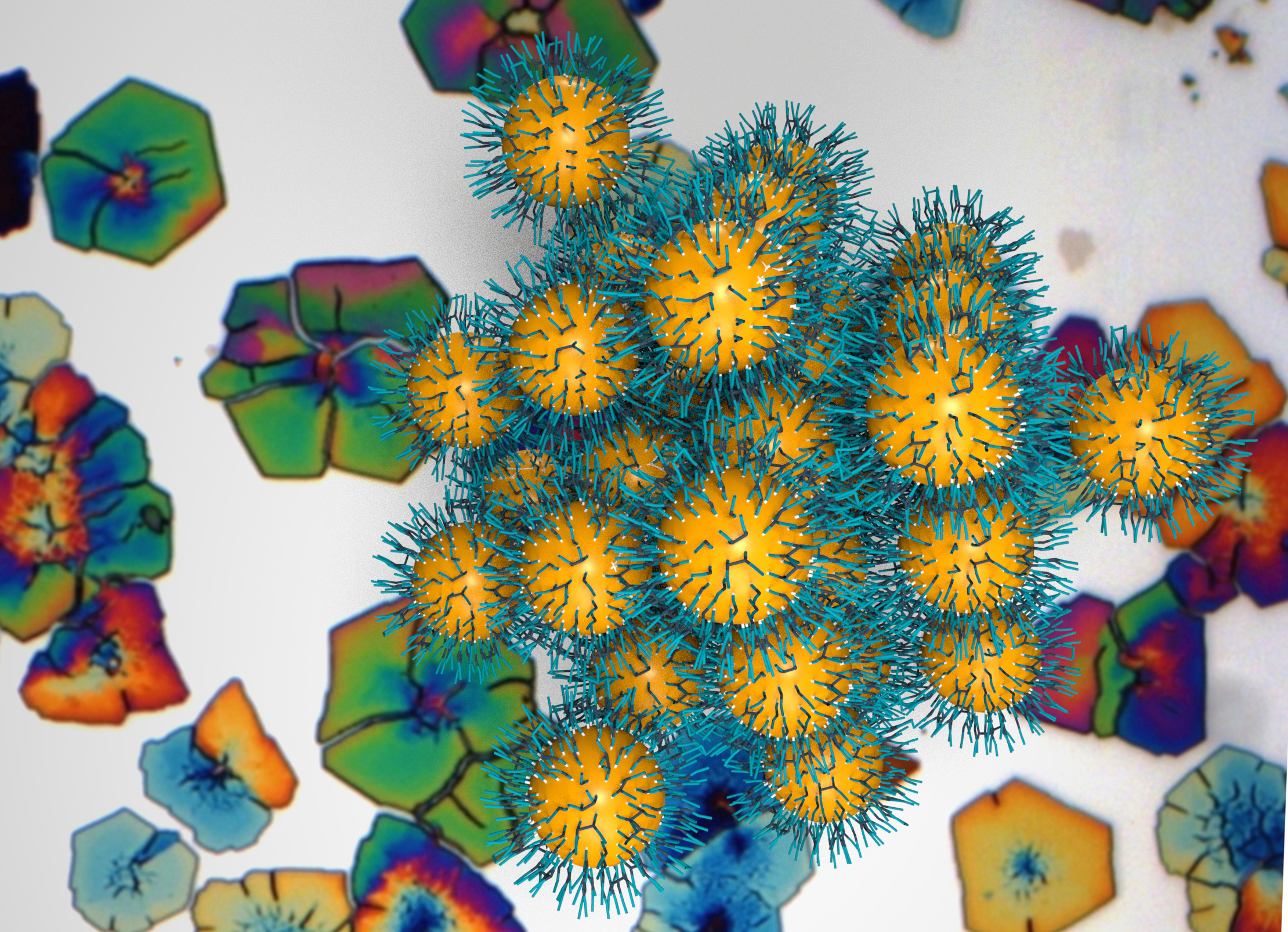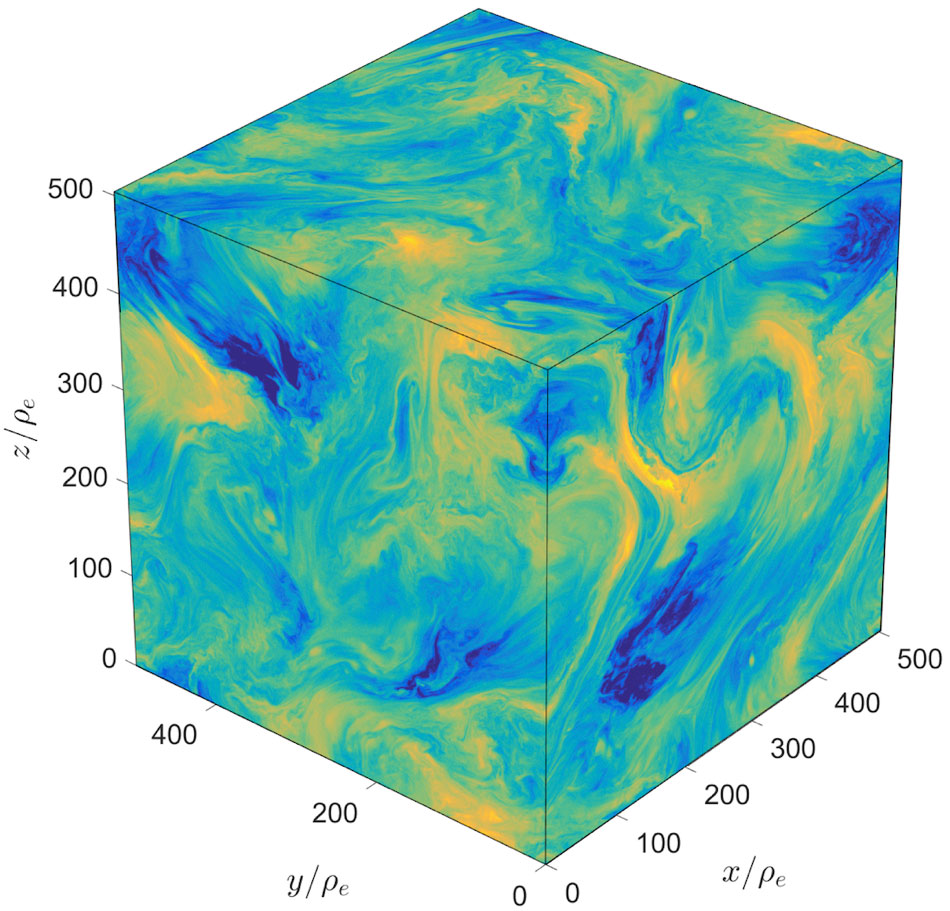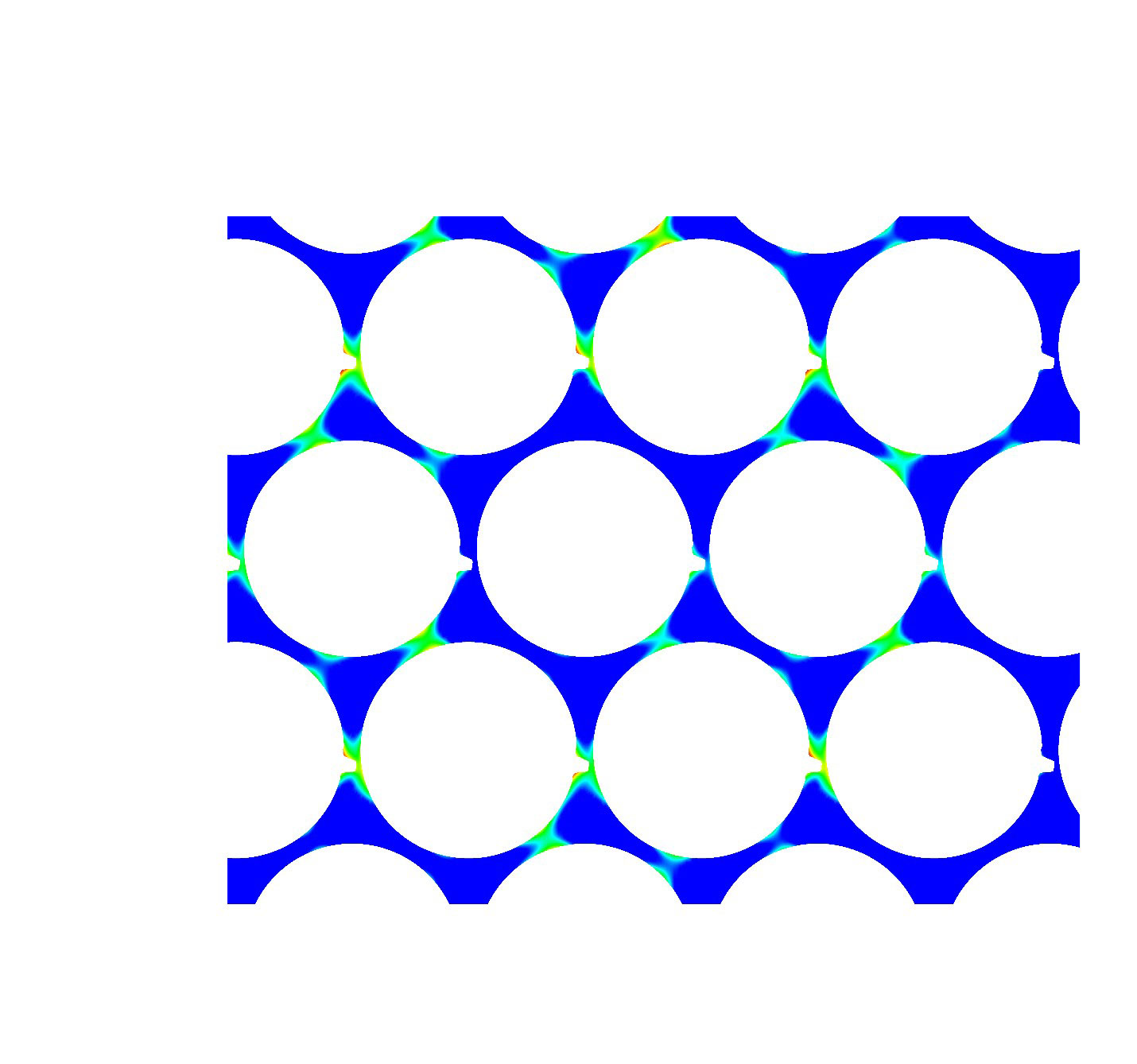
Super Nanoparticle Superlattices
Ligands allow fine tuning of nanoparticle superstructure properties

Ligands allow fine tuning of nanoparticle superstructure properties

Finding the right dyes for a new type of solar cell can be challenging, but this study used supercomputers to speed up the process

Models use a fraction of the computational cost of today’s best atom-based water models.

Scientists use supercomputers to determine how reliably a popular Earth system model represents precipitation regionally and globally.

Particles act in a way that justifies extrapolating simulation results to astrophysical scales.

Engineers can model heat distribution in reactor designs with fewer or no approximations.

A combined experimental and modeling approach contributes to understanding small proteins with potential use in industrial, therapeutic applications.

Comparing new prediction to measurements of muons’ precession could potentially help scientists discover new subatomic particles.

Researchers developed a new self-generating lubricant with great potential for industrial applications.

A nickelate thin film senses electric field changes analogous to the electroreception sensing organ in sharks, which detects the bioelectric fields of prey.

With a better understanding of bubbly flows, researchers can improve the safety and operation of our nuclear reactors.

Converting laser light into nuclear vibrations is key to switching a material’s properties on and off for future electronics.